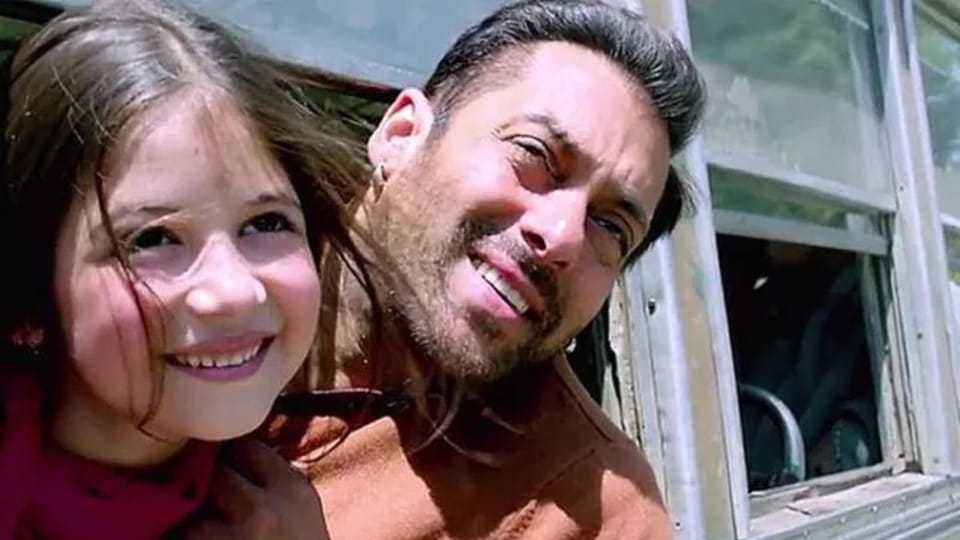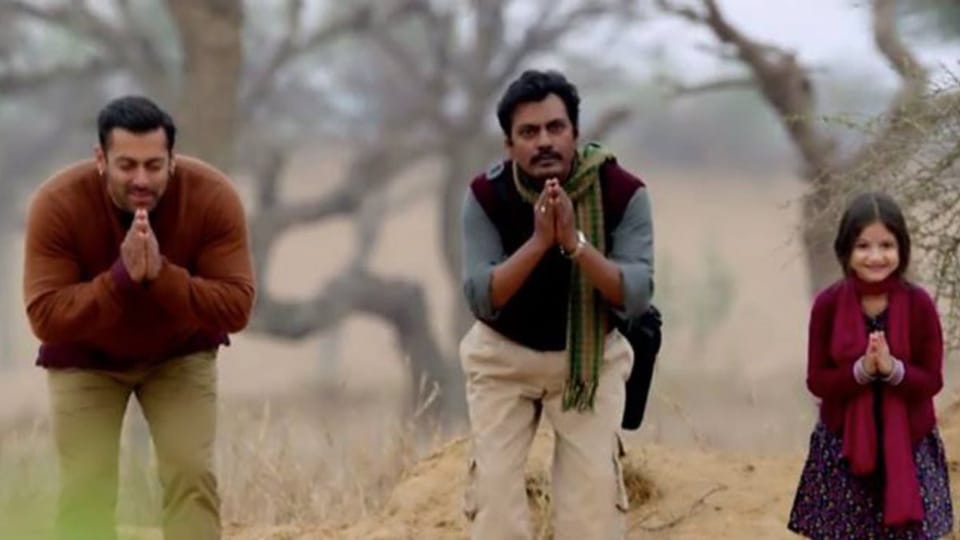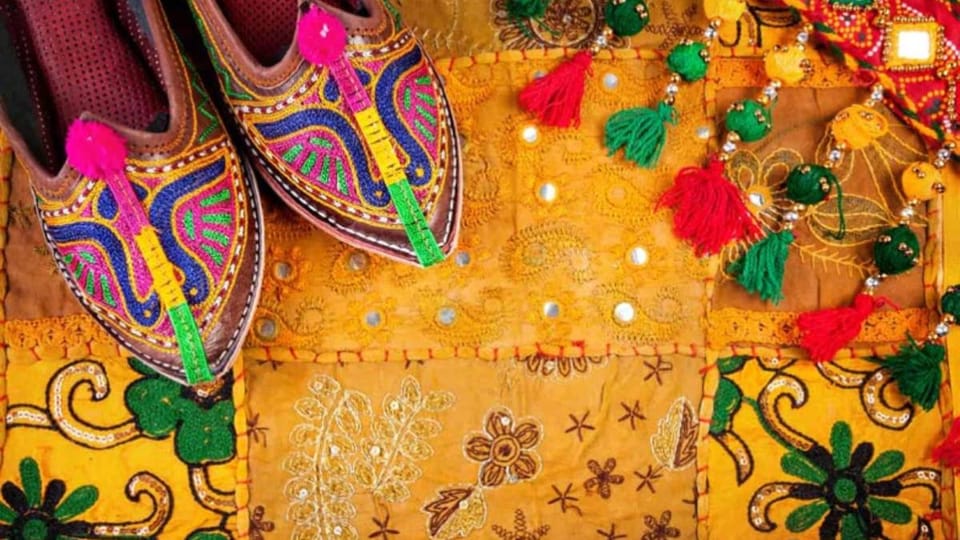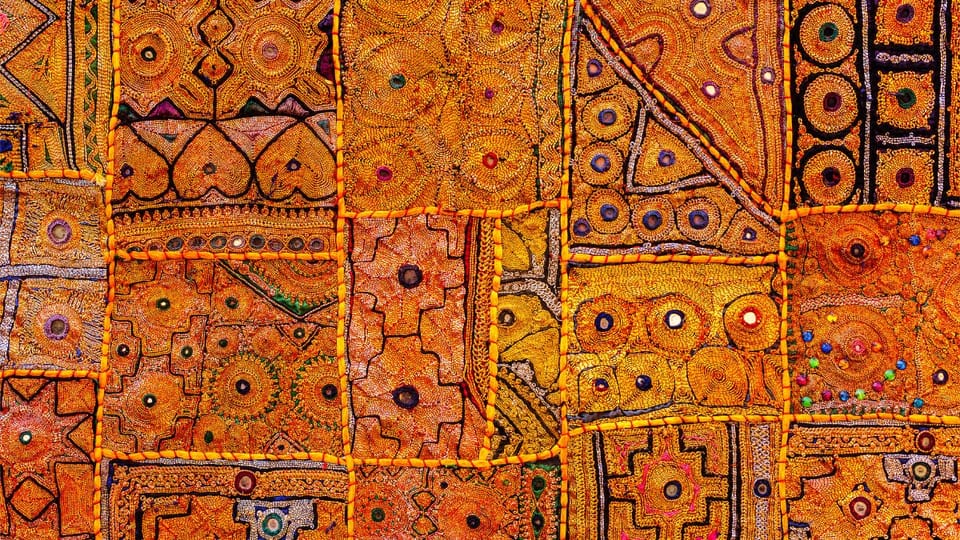Check: Most popular Rajasthani folk music and dance
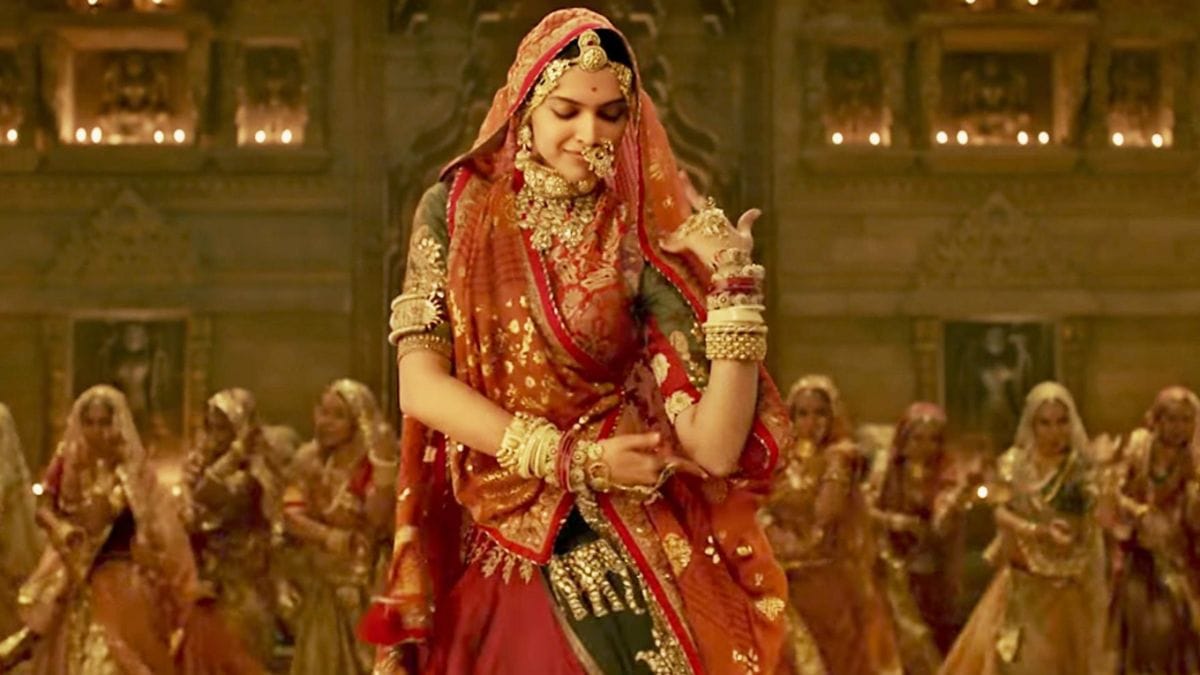
Rajasthan, a land renowned for its vibrant culture and traditions, continues to captivate the hearts of millions with its mesmerizing folk music and dance forms. These artistic expressions not only showcase the rich heritage of the region but also serve as a source of joy and entertainment for the people.
Ghoomar: Among the plethora of folk dances, Ghoomar stands out as one of the most iconic and beloved dance forms of Rajasthan. Originating from ancient times, Ghoomar enchants audiences with its graceful movements, rhythmic claps, and vibrant attire. It is a sight to behold, especially during festivals and celebrations in cities like Udaipur, Kota, Bundi, and Jodhpur.
Bhavai Dance: Another marvel of Rajasthani culture is the Bhavai dance, a spectacular display of skill and tradition. Women balance brass or earthen pots on their heads while dancing with precision and grace, often on the edge of weapons or plates. Jaipur and Bikaner are popular destinations to witness this awe-inspiring performance.
Kalbelia: The Kalbelia dance, also known as the "Sapera Dance" or "Snake Charmer Dance," is a UNESCO-recognized intangible cultural heritage. This tribal dance, performed by the Kalbelia community, showcases the fluid movements of women clad in colorful attire, resembling the graceful movements of a snake. It's a visual treat, especially in cities like Jodhpur, Jaisalmer, Bikaner, and Jaipur.
Chari Dance: Chari dance, a traditional form practiced by the Kishangarh and Saini communities, is a testament to Rajasthan's rich cultural tapestry. Women balance brass pots on their heads, adorned with lighted lamps, as they skillfully move to the rhythm of the music. Ajmer and Kishangarh are known for hosting captivating Chari dance performances.
Dandiya: Dandiya, a vibrant and colorful dance play, is a cherished tradition in Rajasthan, particularly during festivals and weddings. Men and women come together to dance with sticks, creating rhythmic patterns to the folk music beats. Jaipur and various festival venues across Rajasthan come alive with the spirit of Dandiya.
Kachhi Ghodi: Kachhi Ghodi, a captivating dance form, narrates tales of the bandits of the Shekhawati region. Men don traditional attire and ride puppet horses, engaging in mock fights and synchronized movements. Shekhawati region, Jaipur, and Udaipur are ideal places to witness this enthralling performance.
Terah Taal: Terah Taal, an ancient and intricate dance form, showcases the skill and artistry of Rajasthan's talented dancers. Performers balance thirteen brass discs on various parts of their bodies, creating rhythmic sounds with every movement. This mesmerizing dance is often performed by the Kamada tribes during popular festivals across Rajasthan.
Gair: Gair, a folk dance form celebrated by the Bhil community, is a joyous expression of Rajasthan's festive spirit. Men and women clad in traditional attire come together to perform intricate dance formations, accompanied by rhythmic music beats. Marwar region resonates with the energy of the Gair dance during festivals like Holi and Janmashtami.
Fire Dance: Fire dance, a daring and exhilarating spectacle, showcases the resilience and bravery of Rajasthan's Jasnathi community. Performers execute daring stunts on a bed of fire, mesmerizing audiences with their skill and agility. Bikaner, Jodhpur, Jaisalmer, and Jaipur are popular venues for this heart-stopping performance.
Kathputli: Finally, Kathputli, the age-old art of puppetry, continues to enchant audiences with its storytelling prowess. Puppeteers narrate captivating tales of mythology and tribal lore through intricate puppet movements, preserving Rajasthan's cultural heritage for generations to come.
In essence, Rajasthan's folk music and dance forms serve as a testament to the state's rich cultural legacy, captivating audiences with their beauty, grace, and storytelling prowess.

